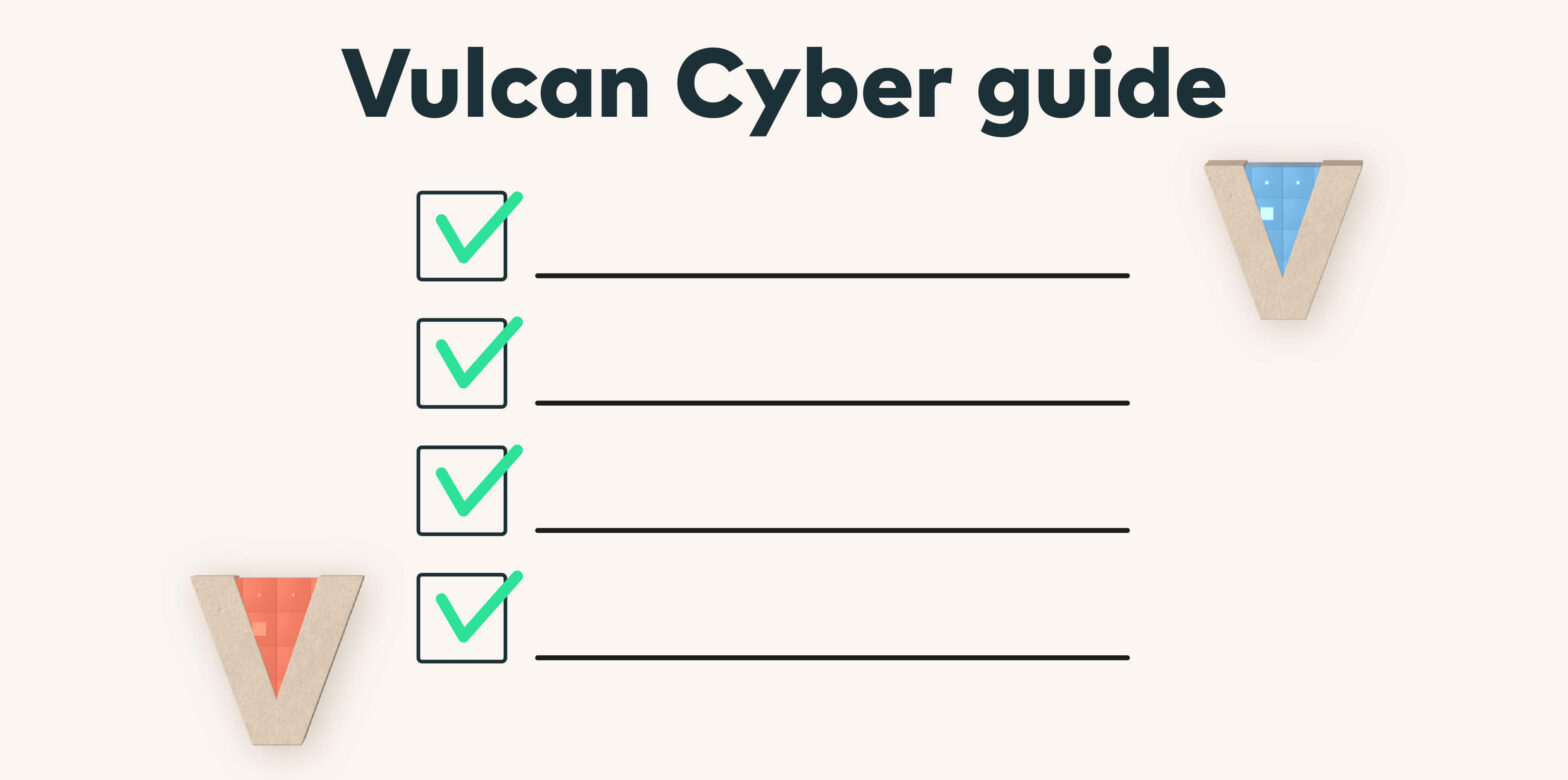The Common Vulnerability Scoring System (CVSS) is a prevalent, standardized method for gauging digital systems’ severity of security vulnerabilities. Developed by the Forum of Incident Response and Security Teams (FIRST), it gives security professionals a consistent approach to assessing and prioritizing risks. The current version, CVSS v3.0, has been operational for over a decade but… Continue reading CVSS v4.0 – what you need to know
CVSS v4.0 – what you need to know

















